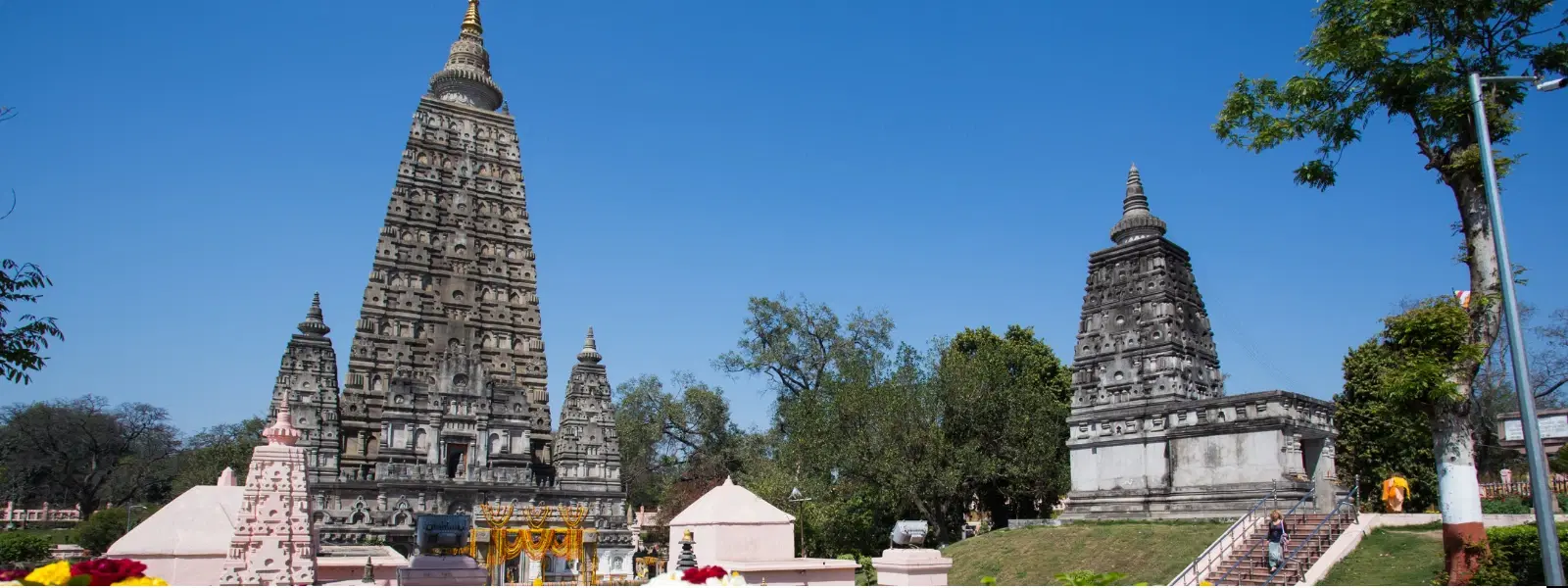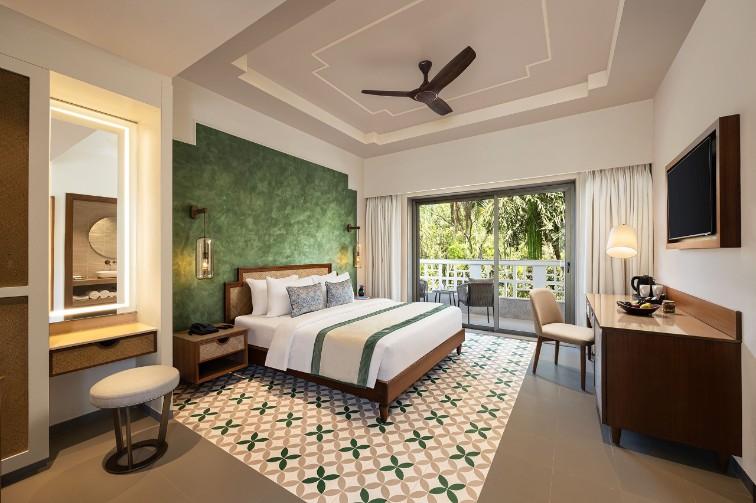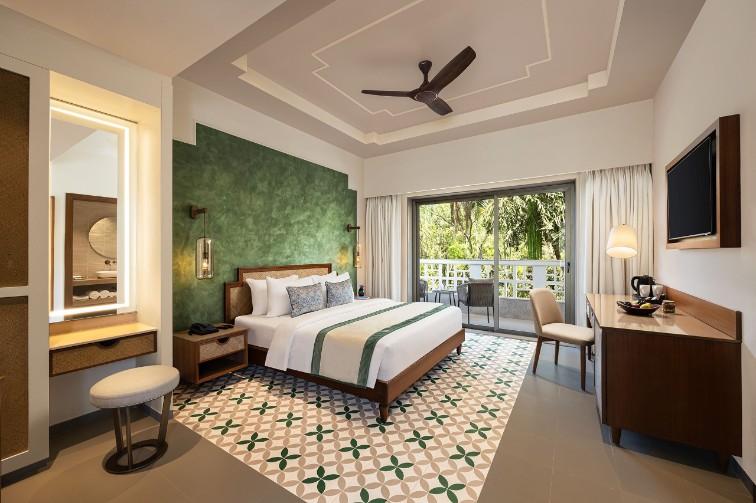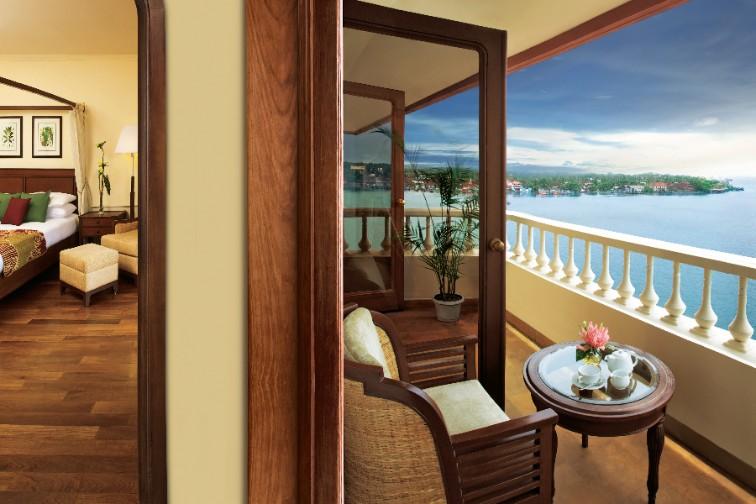
Hotels
•05 min read

Imagine stepping into a realm where history, serenity, and spirituality converge under a vast, endless sky. Bodh Gaya, a cornerstone of Buddhist heritage and a UNESCO World Heritage site, enchants thousands every year. Whether you are a pilgrim seeking spiritual awakening or a traveler in search of cultural immersion, your experience can be significantly enhanced by the time of your visit. This guide presents the 10 best times to visit Bodh Gaya, offering insights into the ideal weather, unique festivals, and the bustling yet soulful tourist seasons that promise an unforgettable journey.
Bodh Gaya is much more than just a travel destination—it is a spiritual haven where the blessed Mahabodhi Temple and the sacred Bodhi Tree stand as powerful symbols of enlightenment. The city’s historical significance and cultural richness can deeply influence your visit, with the ambiance and natural beauty setting the stage for a calming retreat. Choosing the right time to arrive not only aligns you with the natural beauty of the surroundings but also allows you to partake in seasonal events that transform your journey into a living cultural experience.
The region experiences three distinct seasons—winter, summer, and monsoon—each bringing its own flavor to Bodh Gaya. Winter, with its crisp and cool air, offers pleasant sightseeing conditions; the early spring sees a gentle transition with mild temperatures and less crowded sites; and the monsoon, although rainy, revives the landscape into a lush paradise. Understanding these seasonal nuances is key to planning a visit tailored to your comfort and interest, whether it’s exploring ancient temples or enjoying local festivities.
Winter reigns as the most popular season among pilgrims and tourists alike. The weather is cool, clear, and ideal for exploring the sprawling city and its revered sites. This period also hosts important events, including the Kalachakra Festival and Tibetan New Year celebrations which infuse the streets with vibrant spirituality and cultural fervor.
As winter recedes, early spring offers a balanced climate with moderate temperatures and fewer visitors. This period is perfect for those who prefer a quieter pace, allowing ample time for reflection and intimate exploration of the historic sites without the hustle of peak season crowds.
While the monsoon season might not seem like the ideal vacation time at first, the rains transform Bodh Gaya into a landscape bursting with revitalized greenery and a serene natural ambiance. For budget travelers, this off-season period means lower accommodation rates and quieter temples—an appealing proposition for anyone wanting to reconnect with the spiritual essence of the place.
Specific dates tied to Buddhist festivals, such as Buddha Purnima, create a unique atmosphere in Bodh Gaya. The city is alive with ritual processions, devotional chants, and numerous cultural events. However, remember that these high-demand periods require early booking of accommodations to secure a comfortable stay.

The winter months invite visitors to experience the heart of Bodh Gaya still alive with spiritual energy. Prioritize a visit to the Mahabodhi Temple, explore its surrounding monasteries, and join meditation sessions offered at various centers. Outdoor excursions to nearby towns like Rajgir and Nalanda complement the spiritual journey with a taste of rich historical explorations.
During the warmer and wetter months, indoor attractions take the spotlight. Several museums and cultural workshops in Bodh Gaya provide a deep dive into the history and traditions of Buddhism. The reduced crowd levels during the off-peak seasons also ensure a tranquil environment, ideal for reflective experiences and leisurely walks through the city’s ancient lanes.
The calendar of Bodh Gaya is dotted with significant cultural events, such as Buddha Jayanti and the International Buddhist Conclave. Attending these festivals offers a multi-sensory experience—vivid rituals, chants, and communal prayers—that enrich your travel itinerary and deepen your understanding of this ancient practice.
Pro Tip from Tata Neu: Did you know? Winter is the best season to visit Bodh Gaya, not just for the pleasant weather, but also because it coincides with major Buddhist festivals like Kalachakra and Buddha Purnima. Book your accommodations early to avoid last-minute hassles!
Staying near the Mahabodhi Temple can dramatically enhance your experience, granting you easy access to the city’s most revered landmarks. Bodh Gaya offers a variety of lodging options ranging from cozy guesthouses and mid-range hotels to luxurious retreats. This flexibility means you can plan a trip that aligns perfectly with both your budget and your desire for comfort.
For those looking for a blend of comfort and accessibility, several highly-rated hotels are nestled within walking distance of key attractions. These establishments are known for their hospitable service, serene ambiance, and proximity to the spiritual heart of Bodh Gaya. Remember, during peak pilgrimage times these spots fill up quickly, so early booking is advised.
New visitors should plan ahead with a flexible itinerary to accommodate any weather changes. Essentials include clothing suited for both warm days and cool nights, portable rain gear during the monsoon, and comfortable walking shoes for temple explorations. Local transportation options, be it auto-rickshaws or bicycles, are efficient and affordable, making it easy to traverse the city.

A well-planned trip of 2-3 days in Bodh Gaya is generally sufficient to cover the city’s key highlights. This duration allows for the exploration of significant spiritual sites, serene moments of meditation, and sufficient time to absorb the historical ambiance of the region.
Your itinerary should include meditating under the ancient Bodhi Tree, marveling at the Great Buddha Statue, and meandering through the local markets that offer a glimpse into the daily life and vibrant culture of Bodh Gaya. Each activity brings you closer to the soul of the city.
For those with a thirst for discovery beyond Bodh Gaya, nearby locations like Rajgir, Nalanda, and Gaya provide added layers of historical and spiritual significance. These regions, steeped in their own ancient histories, make for enriching day trips that beautifully complement your Bodh Gaya travel experience.
The best months to visit Bodh Gaya are between November and February when the weather is cool and comfortable.
A 2-3 day trip is ideal to immerse yourself in the spiritual and cultural essence of Bodh Gaya.
The Mahabodhi Temple is typically open from 5:00 AM to 9:00 PM, though it is advisable to confirm the timings before your visit.
Winter (November to February) is the preferred season due to its cool, pleasant climate and the exciting array of cultural events during this period.
Yes, Bodh Gaya offers a wide range of hotels, guesthouses, and monastery stay options conveniently located near the Mahabodhi Temple to suit all budgets.
Timing your visit to Bodh Gaya can make all the difference between a routine trip and an enriching spiritual journey. Whether it’s the crisp winter air, the gentle transition of early spring, or even the rejuvenating rains of the monsoon, each season offers a distinct perspective on this ancient city. Thoughtful planning—from choosing the right time of year to selecting the ideal accommodation—will ensure that you experience Bodh Gaya in all its serene beauty and cultural richness. This guide aims to help you plan a seamless trip that not only meets your expectations but also deepens your connection with one of the world's most revered spiritual capitals.